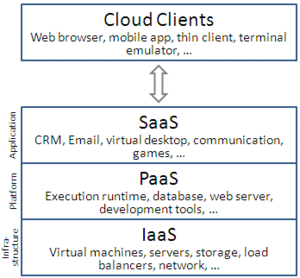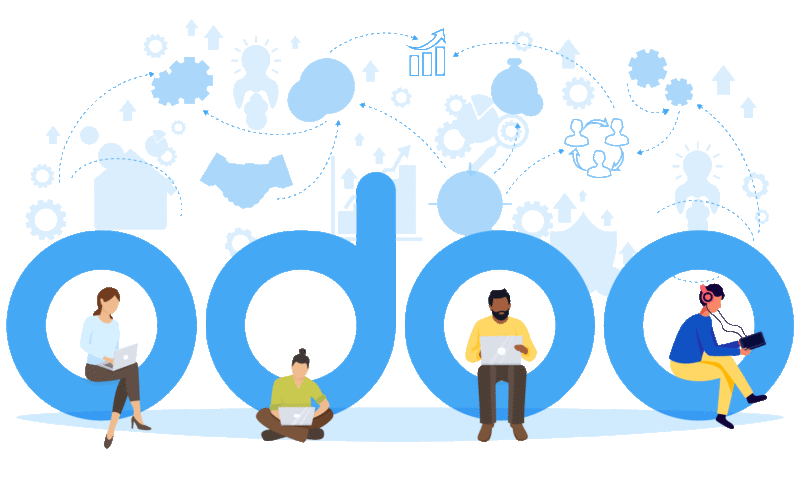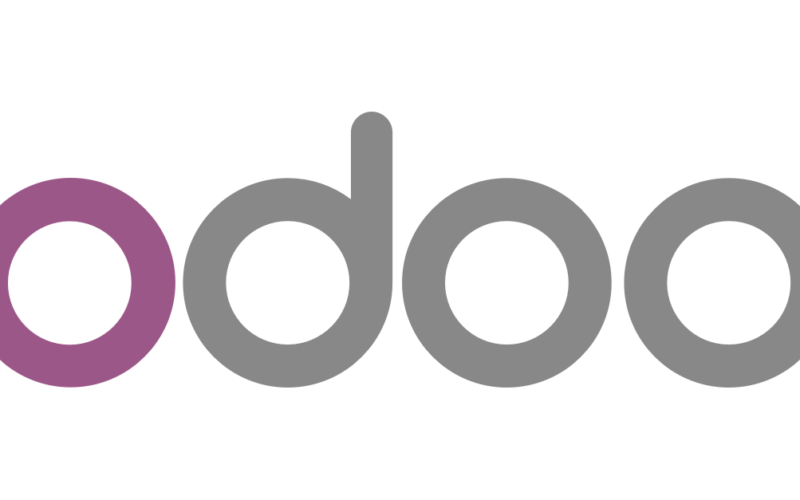Cloud computing by its name is not such a confusing concept in simple words it’s just a network of computers that can be accessed from anywhere from the world.This set of computers gives us data storage space,hardware resources and much more services.
In the present time the market is gradually moving towards the cloud resource side of the networking.
Why is such a gradual change occurring ?
There are many reasons for this acceptance of cloud networks.Below i have mentioned a few.
1.Flexibility and scalability
What does flexibility and scalability mean ?
Just this an office situation where we have to physically upgrade our computer for better performance and storage. But that’s not the case in cloud service. In the cloud we can increase the hardware resource on the go cheaper than the physical counter option. Hence we can scale our system with flexibility.
2.Eliminate the difficulty of upgrading
The main advantage of cloud resources is that we don’t have to spend much time for the upgrading of the hardware.The hours can be reduced to 5 or 10 mins.
3. Disaster Recovery
One of the factors that contributes to the success of a business is control. Unfortunately, no matter how in control your organization may be when it comes to its own processes, there will always be things that are completely out of your control, and in today’s market, even a small amount of unproductive downtime can have a resoundingly negative effect. Downtime in your services leads to lost productivity, revenue, and brand reputation.
But while there may be no way for you to prevent or even anticipate the disasters that could potentially harm your organization, there is something you can do to help speed your recovery. Cloud-based services provide quick data recovery for all kinds of emergency scenarios, from natural disasters to power outages.
4.Competetive Edge:
Competitive Edge While cloud computing is increasing in popularity, there are still those who prefer to keep everything local. That’s their choice, but doing so places them at a distinct disadvantage when competing with those who have the benefits of the cloud at their fingertips. If you implement a cloud-based solution before your competitors, you’ll be further along the learning curve by the time they catch up.
That covers a few points for your notice.Next check the service models for cloud computing.


There are three models: Iaas,Saas and Paas.Lets go a little deeper.
SaaS: Software as a Service
Software as a Service, also known as cloud application services, represents the most commonly utilized option for businesses in the cloud market. SaaS utilizes the internet to deliver applications, which are managed by a third-party vendor, to its users. A majority of SaaS applications run directly through your web browser, which means they do not require any downloads or installations on the client side.
PaaS: Platform as a Service
Cloud platform services, also known as Platform as a Service (PaaS), provide cloud components to certain software while being used mainly for applications. PaaS delivers a framework for developers that they can build upon and use to create customized applications. All servers, storage, and networking can be managed by the enterprise or a third-party provider while the developers can maintain management of the applications.
IaaS: Infrastructure as a Service
Cloud infrastructure services, known as Infrastructure as a Service (IaaS), are made of highly scalable and automated compute resources. IaaS is fully self-service for accessing and monitoring computers, networking, storage, and other services. IaaS allows businesses to purchase resources on-demand and as-needed instead of having to buy hardware outright.
For more details on service models.
By
Adars Manilal




